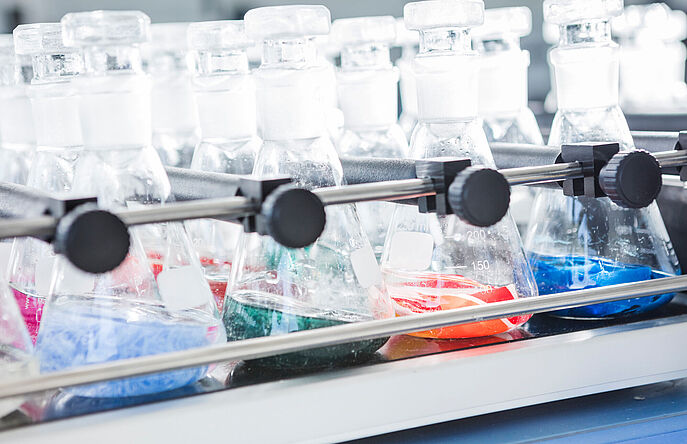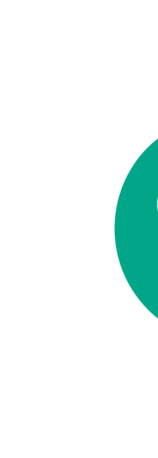BÖNNIGHEIM, GERMANY (Jan. 2, 2019) – In 2019 the goal of the OEKO-TEX® Association is again to reinforce consumer protection and sustainability along the value creation chain for textiles and leather; the existing guidelines for the OEKO-TEX® product portfolio have thus been amended again for the start of the year. The new regulations will come into effect after a three-month transition period on April 1, 2019.
OEKO-TEX® already complies with the new “REACH Annex XVII CMR Legislation.”
The substance benzene and four amine salts have been included in the STANDARD 100 by OEKO-TEX® and LEATHER STANDARD by OEKO-TEX® and limit values have been defined. The substance quinoline, which has been under observation by OEKO-TEX® since 2018, is now also regulated with a limit value.
In the course of standardization of the limit value requirements, the requirement “<” now applies for almost all limit values. For over 25 years, the OEKO-TEX®’s strategy has not been to wait for legislation but to be proactive in the field of consumer protection as a pioneer. As a result of the implementation of the above-mentioned updates, the STANDARD 100 and LEATHER STANDARD already comply with the requirements of the new “REACH Annex XVII CMR Legislation” (Commission Regulation (EU) 2018/1513). In contrast, this legislation addressing 33 CMR substances will only be applied for products from 1 November 2020 on. OEKO-TEX® is thus way ahead and also covers many other parameters related to consumer protection.
New to the limit value catalogues are various Substances of Very High Concern: these are the siloxanes D4, D5 and D6 as well as diazene-1,2-dicarboxamide (ADCA). Furthermore, a requirement has now been made with regard to the extractable part of the metals barium and selenium.
In Annex 6 of the STANDARD 100 by OEKO-TEX®, limit values have been made stricter for various parameters. This relates to the parameters for phthalates (softeners), alkylphenols and alkylphenol ethoxylates as well for per- and polyfluorinated compounds. The even more stringent requirements for residues in textile materials will result in an overall lower impact on the environment, workers and consumers.
In 2019 two new product groups will be under observation: glyphosate and its salts as well as the carcinogenic N-nitrosamines and N-nitrosatable substances.
Glyphosate products in particular, currently the quantitatively most important ingredient in herbicides, received a lot of media attention during 2017 and 2018 and were the subject of fierce controversial debates around the world. At the end of 2017, approval for glyphosate and for further use was only temporarily extended by the EU to five years – under protest from different consumer groups and environmentalists. With the “Under observation” action, the OEKO-TEX® Association is now looking more closely at the substance group in relevant textile materials and is analyzing the situation in more detail.
The STeP assessment will be extended to leather production facilities in 2019. The name will also be changed in the course of this integration: “Sustainable Textile Production” will become “Sustainable Textile and Leather Production.” The product name STeP remains the same.
###
With more than 40 offices and laboratories worldwide, Hohenstein is an international testing partner in the textile industry. Hohenstein’s research centers around the interaction between textiles, humans and the environment. It is a founding member and leading provider of the OEKO-TEX® portfolio of services such as the STANDARD 100 by OEKO-TEX® certification, the international standard for safe textiles, and is certified by the U.S. Consumer Products Safety Commission as a third-party, independent laboratory for CPSIA compliance verification. Hohenstein.US
With 28 years of experience, OEKO-TEX® leads the world in empowering and enabling consumers and companies to protect our planet by making responsible decisions. OEKO-TEX® provides standardized solutions which optimize customers’ manufacturing processes and help deliver high quality, more sustainable products. All of the products within the OEKO-TEX® portfolio are used to strengthen our customers’ systems, processes or products and, ultimately, they help create more sustainable companies. 10,000 manufacturers, brands and retailers in almost 100 countries are working with OEKO-TEX® to ensure that their products are tested for potentially harmful substances and millions of consumers around the world look for OEKO-TEX® labels before making buying decisions. OEKO-TEX® certified products and suppliers can be located in the OEKO-TEX® Online Buying Guide at www.oeko-tex.com.

